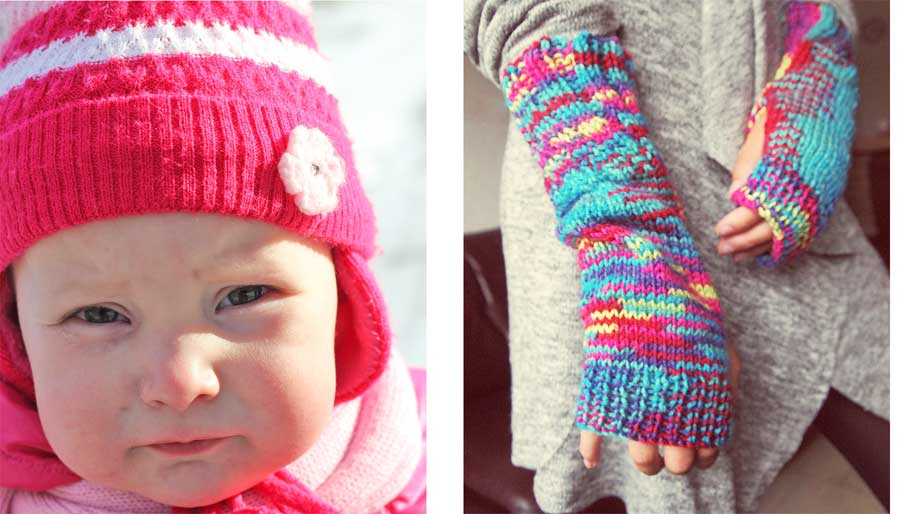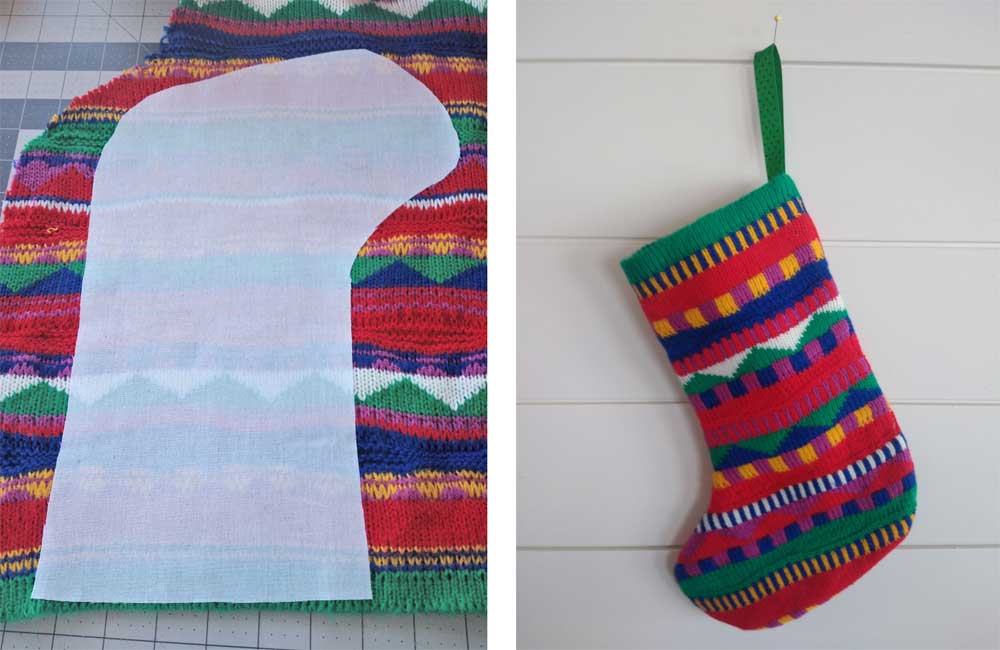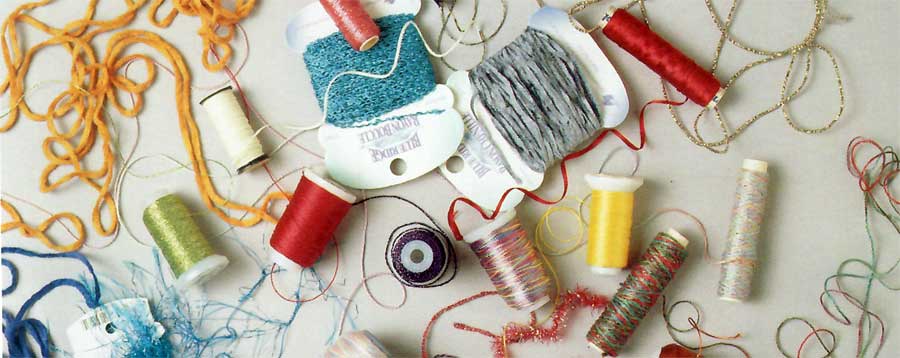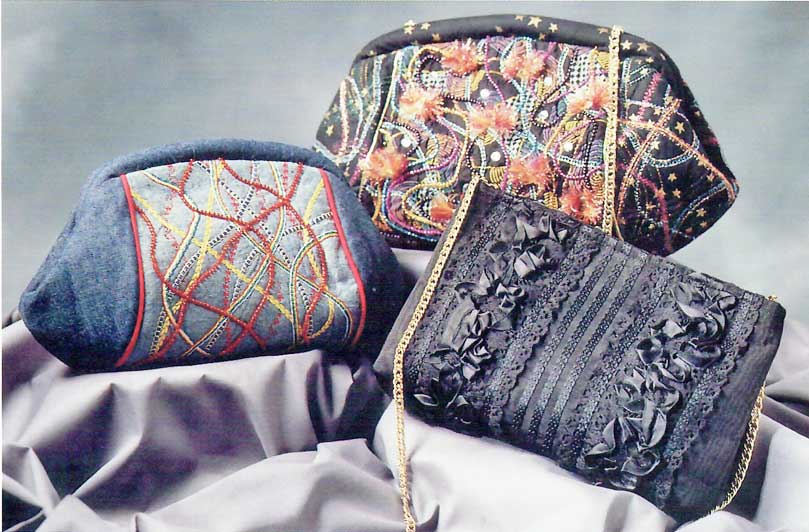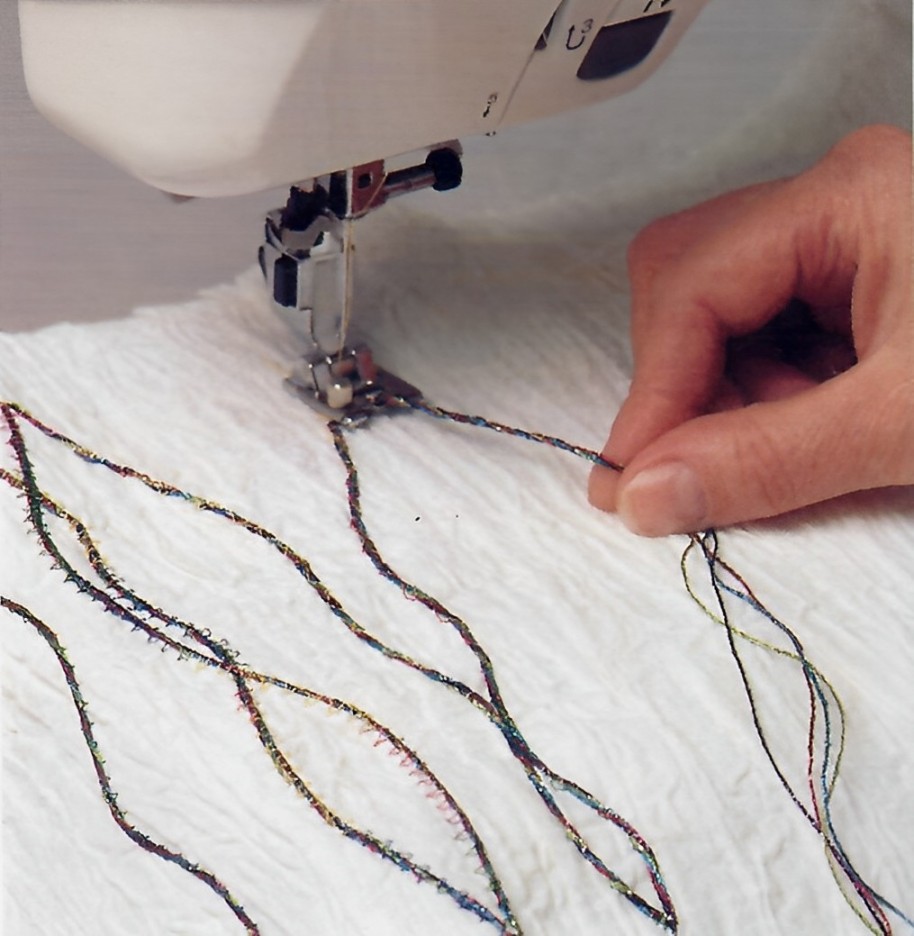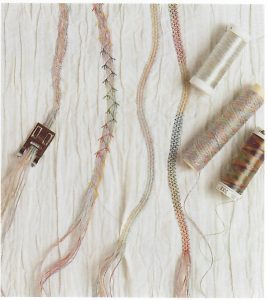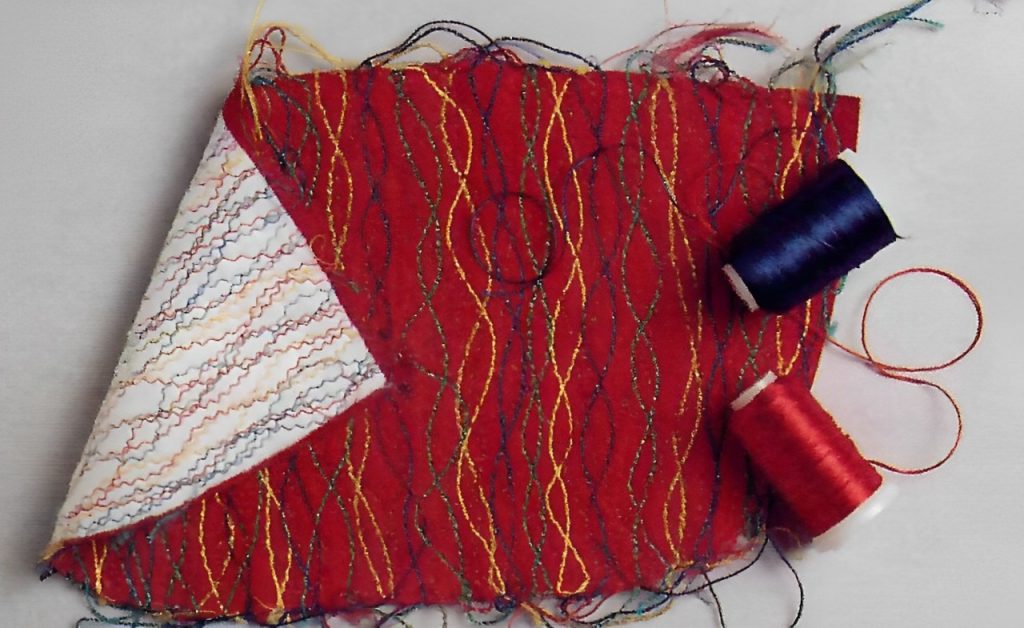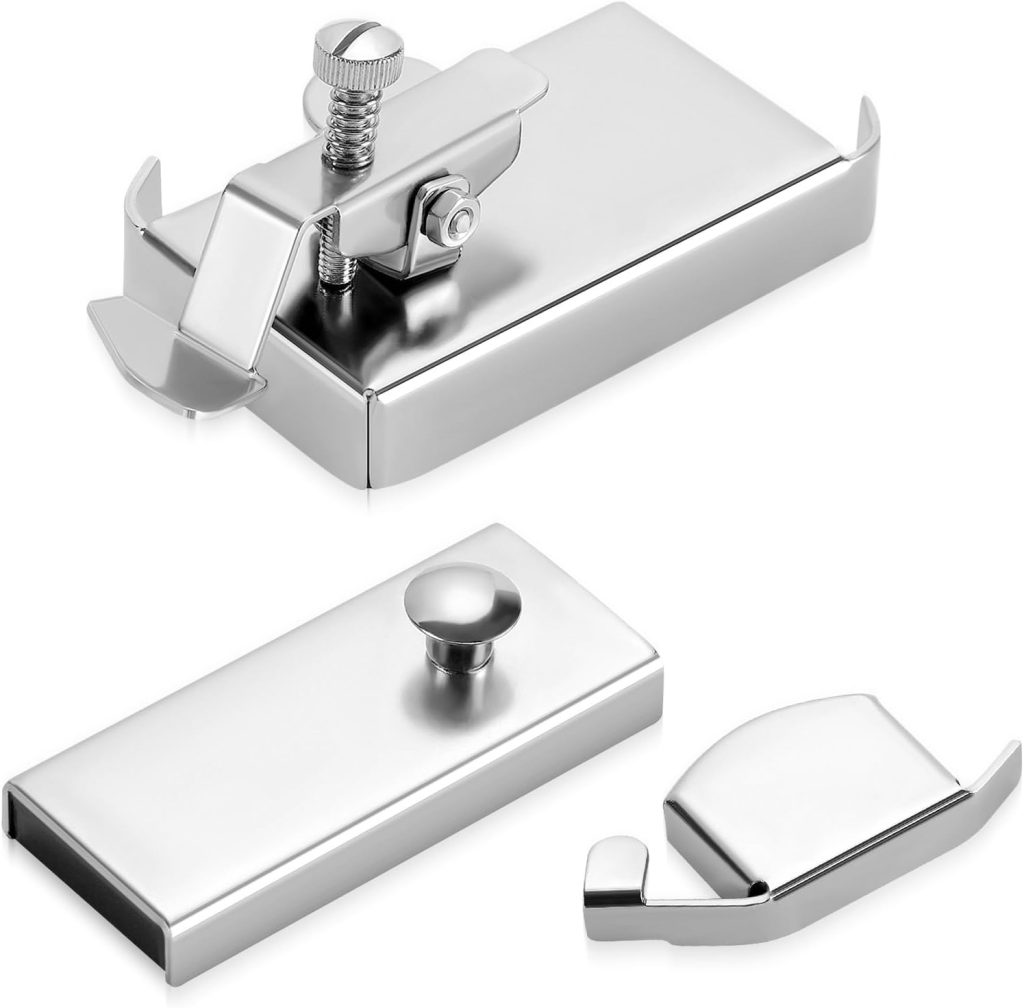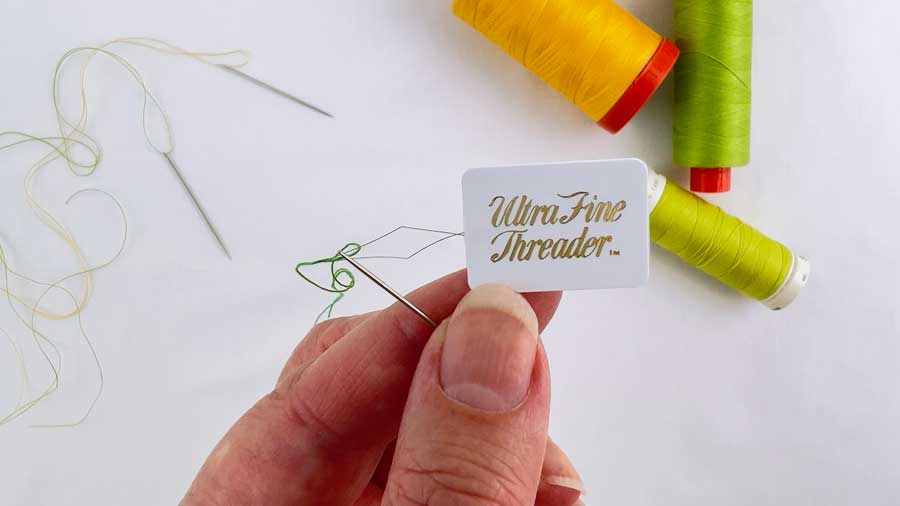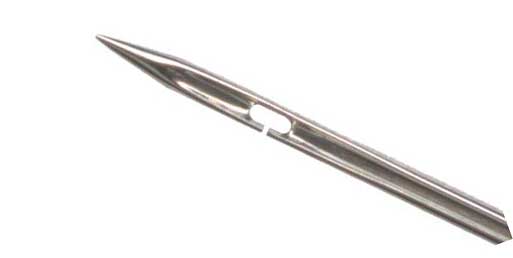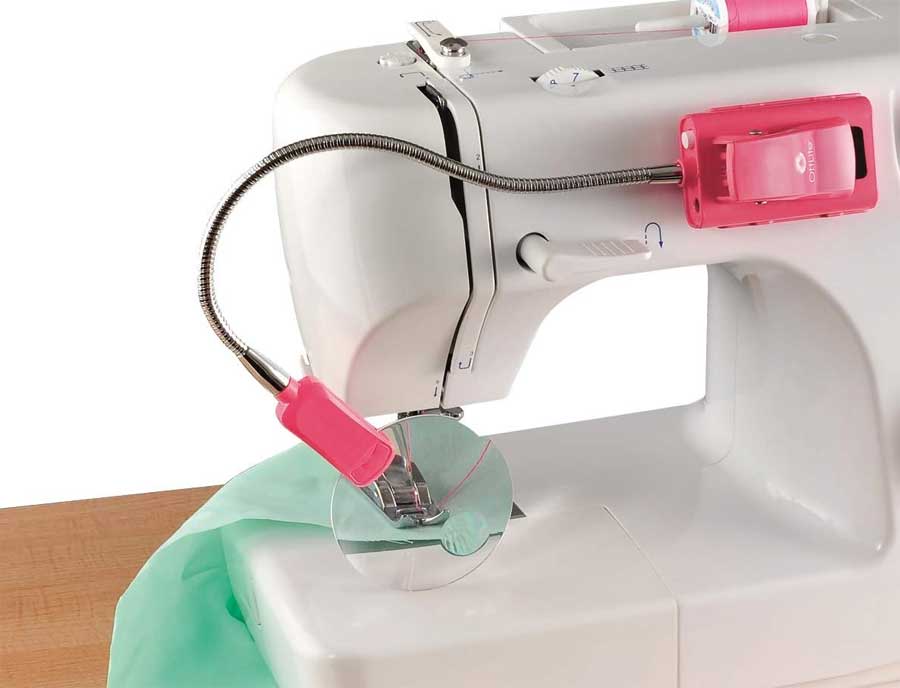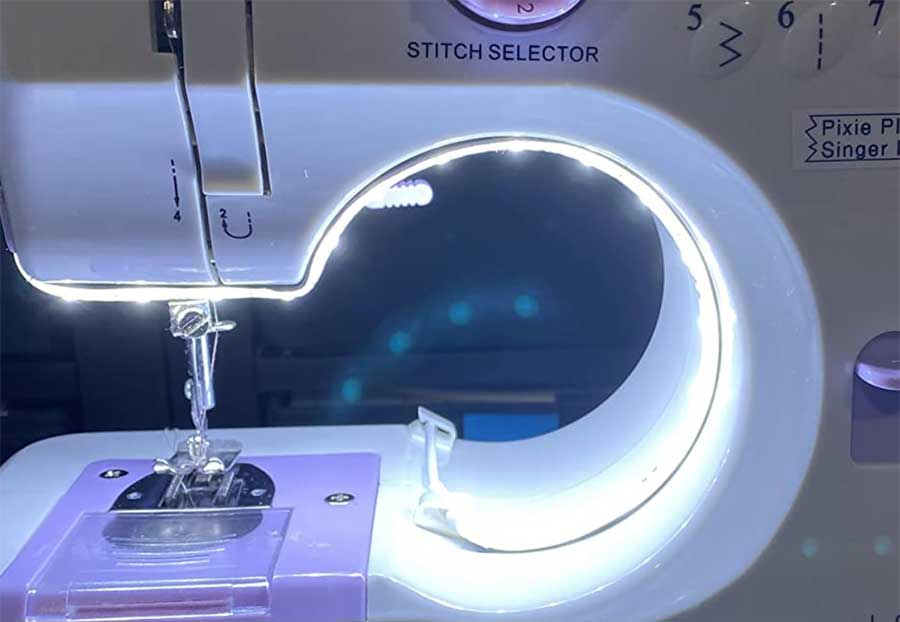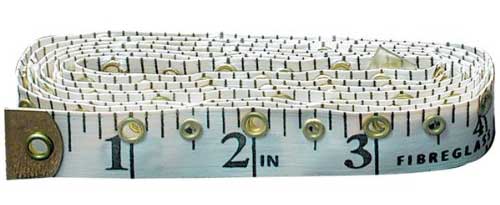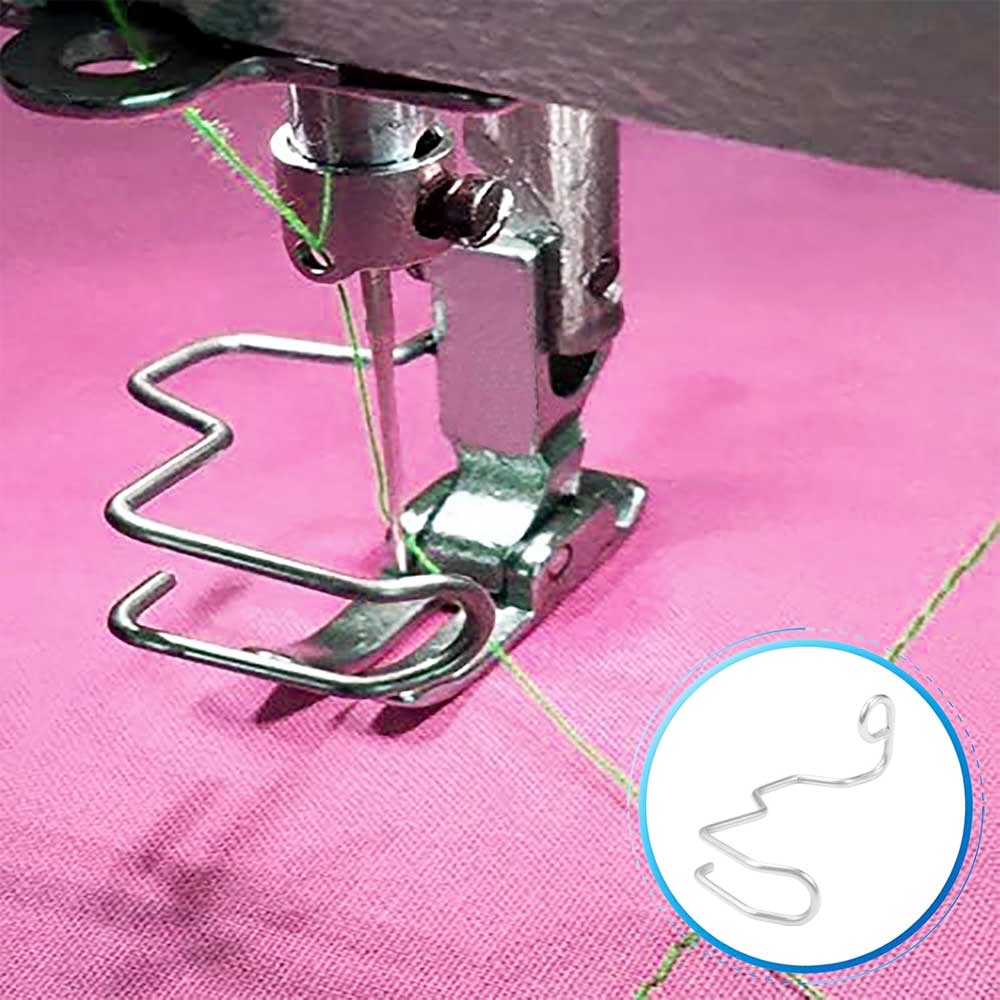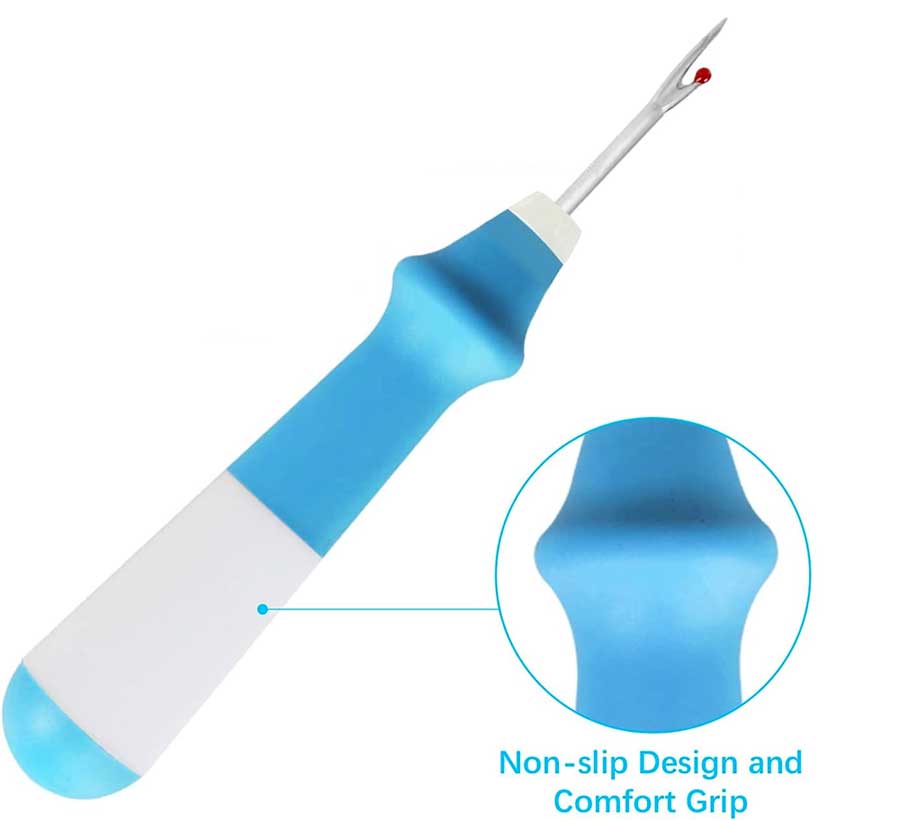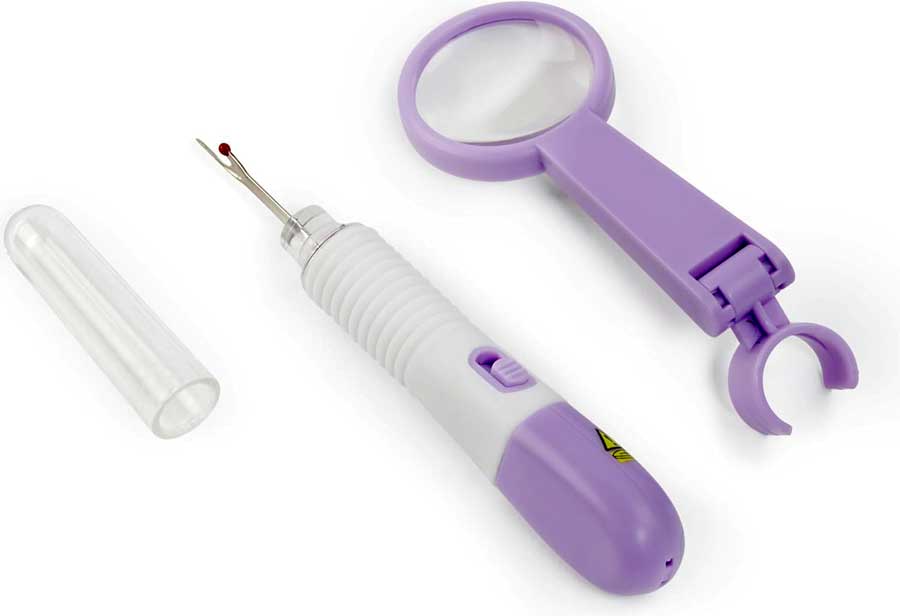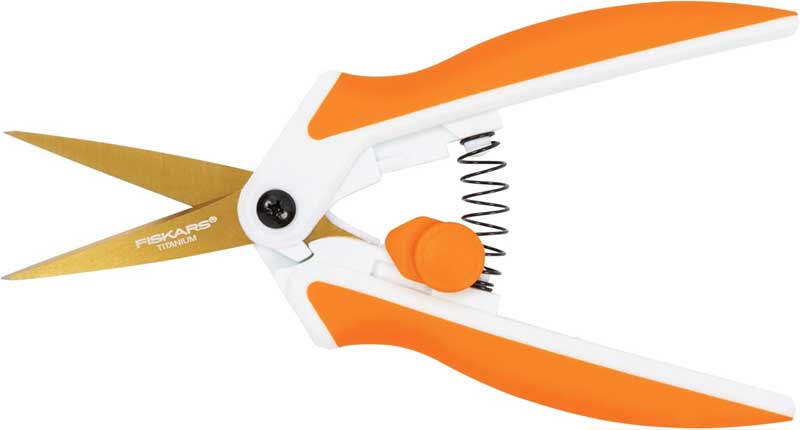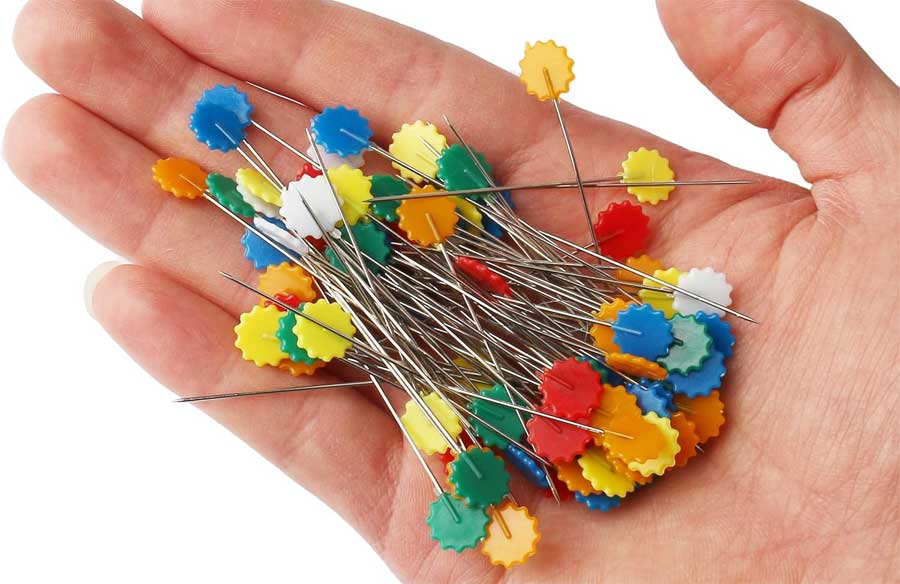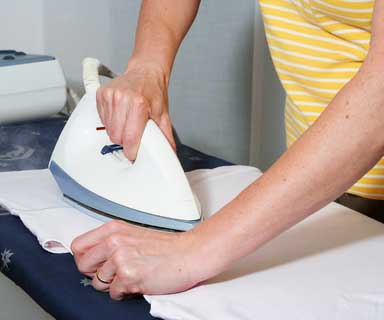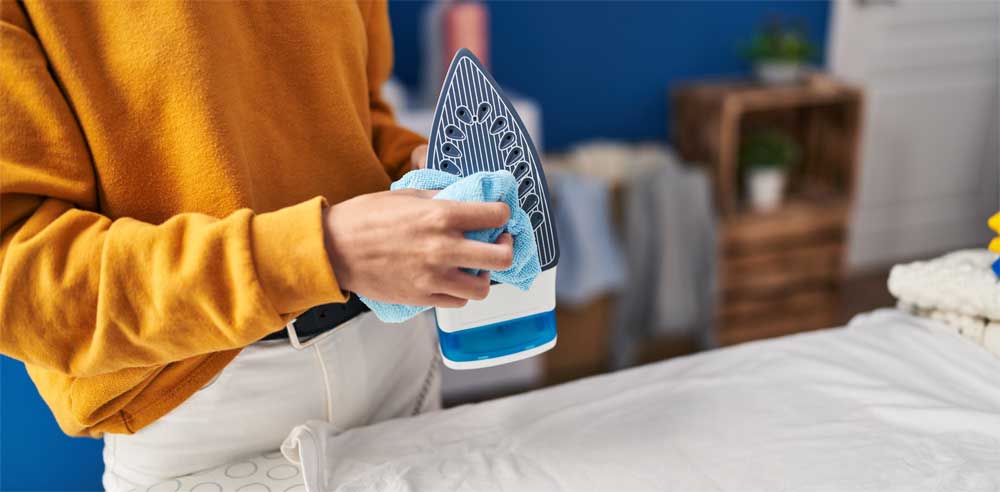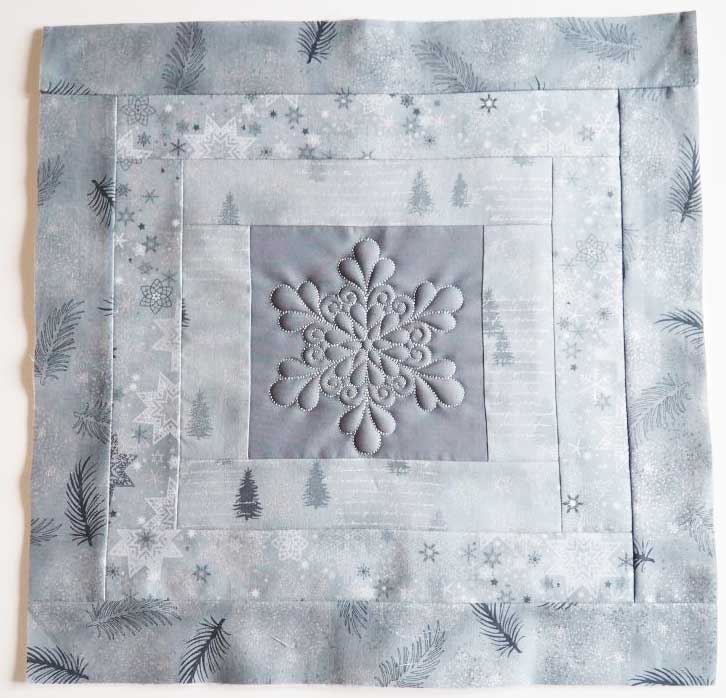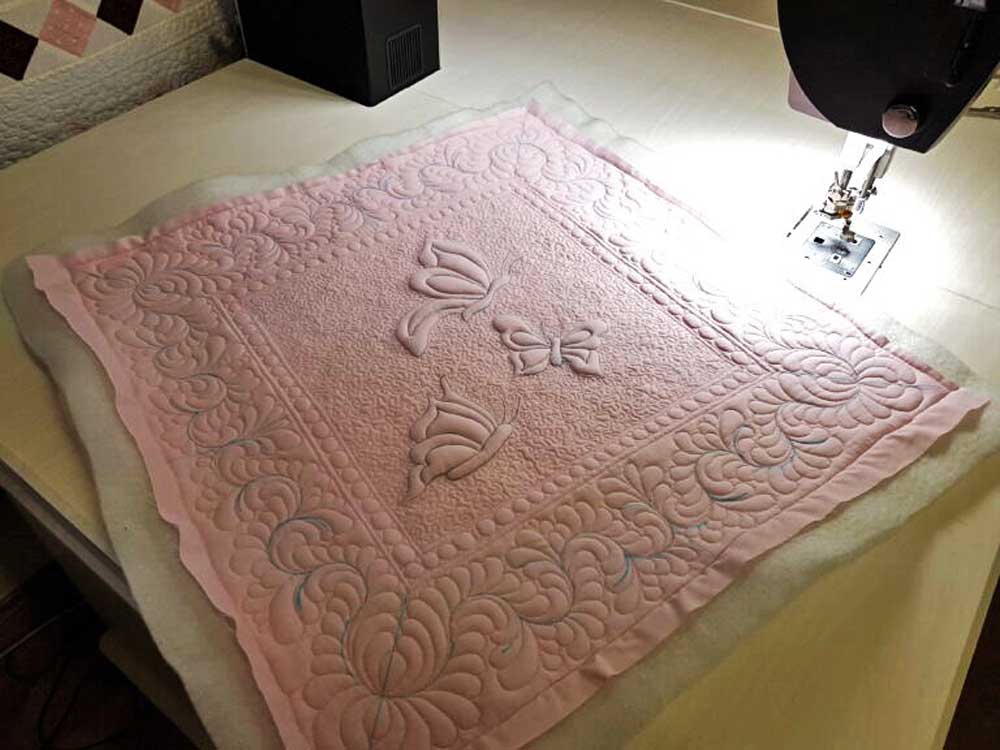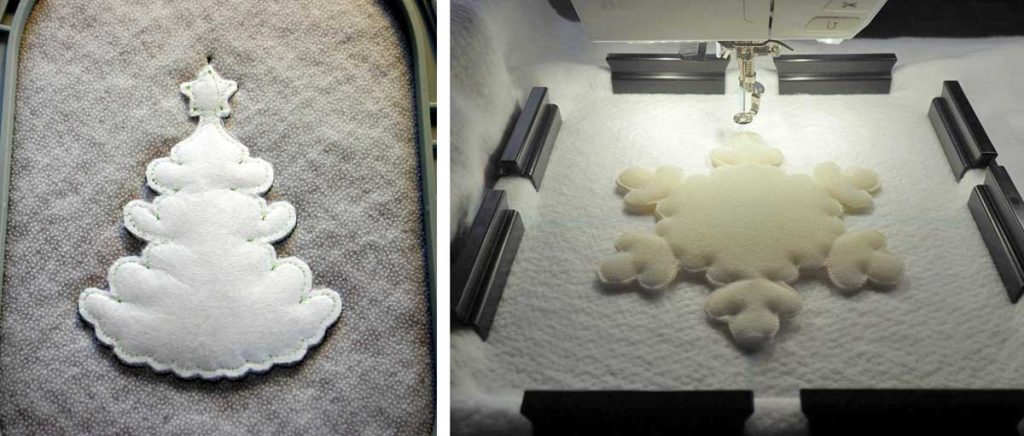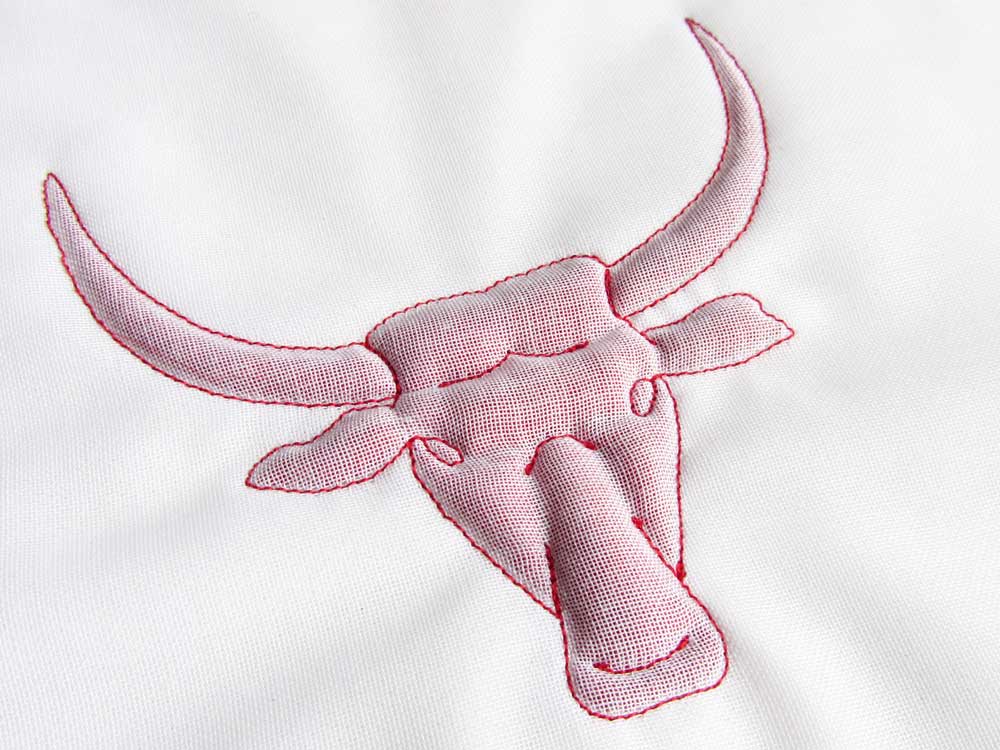Whether you’re a thrift store junkie or just cleaning out your closet, sweaters can be a fun and creative source of fabric for new projects.
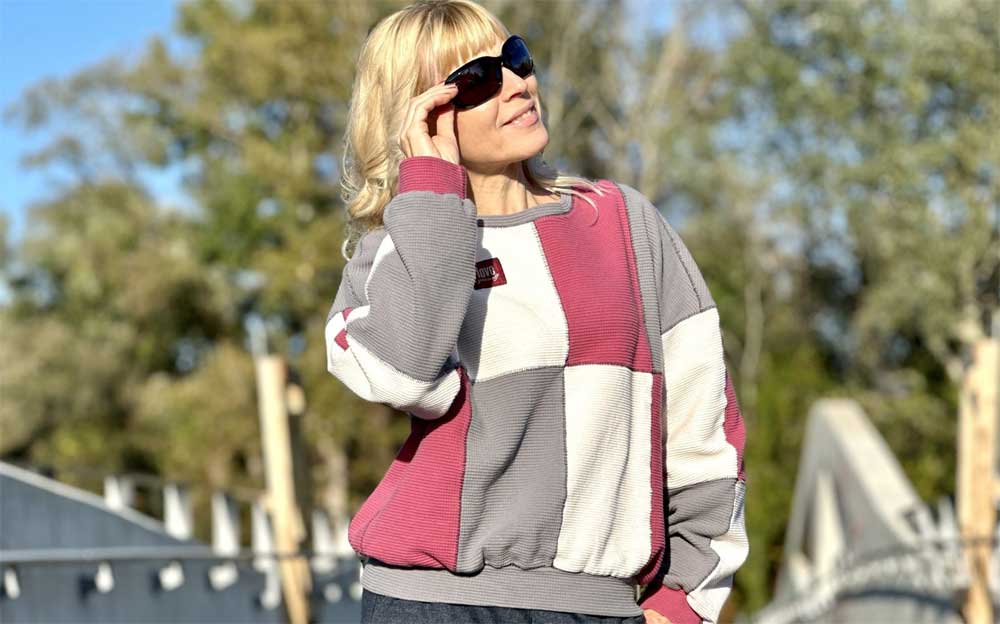
When thrift shopping for sweaters, look for the larger sizes so you’ll have more “fabric” to work with. If you plan to felt the sweater, small moth holes, pilled areas or small stains are OK, as they won’t be noticeable after the felting process. Look for sweaters with large, ribbed areas, like cowl collars, as the ribbing areas provide a coordinating trim readymade for your project. If the sweater is wool, its character can be changed dramatically through felting. But, for non-wool sweaters, it’s open season for transforming the chunky rib knits into something fun.
To Felt or Not to Felt
Sweaters made from at least 80% wool can be felted by machine washing in hot water and drying with hot temperatures. Use detergent and add some tennis balls for additional agitation, then wash the sweaters on the longest and hottest cycle available. The sweater will look shrunken and distorted after the washing process, but you can do it again if you want more shrinkage. Then, pop the sweaters into a hot dryer until thoroughly dry.
The resulting fabric is dense and stable as the fibers shrink together for stability, and it doesn’t fray. Depending on the amount of felting, the sweatering fabric may no longer have any stretch, so it can be used like any woven fabric or felt.
If your project requires stretch to fit, such as a hat, felting is not recommended; instead use the sweater as-is to take advantage of the knit’s stretch.
Sweater Attributes
Depending on what you’re making, the sweater sleeves can be used as-is, just cut them away at the armhole seaming. Sleeves are ideal for making stuffed toy snakes like the one shown.
On larger sizes, the sleeves can be cut down to make a child’s hat with the cuffs becoming the lower edge rib finish. They can also be used to make knit leggings or arm wamers, depending on the size. Sweater scraps can be used to make pet sweaters.
Sturdy ribbing can also be used as the top edge on a tote but be sure to stabilize the wrong side to avoid stretching.
Working with Sweatering
If your project requires stability and you’re using a non-felted sweater, there’s an easy fix for that. Cut the project pieces from a woven iron-on interfacing and fuse them to the wrong side of the fabric before cutting. That will keep the sweatering in shape and prevent stretching. Then use the interfacing edge as your cutting line.
When the project is sewn, the interfacing is caught in the seam allowances to keep the piece stable. A colorful lining can hide the interfacing.
For projects that require stretch, use a serged seam or a regular seam sewn with a narrow zigzag to keep stitches from popping. A universal needle works just fine on most sweater knits.
Never throw away sweater scraps, as they can be used for piecing or appliqués. If the scraps are felted, there’s no worrying about finishing the edges and you can simply make lapped or butted seams for pieced projects since there’s no fraying. They’re also great for trims on other sweaters.
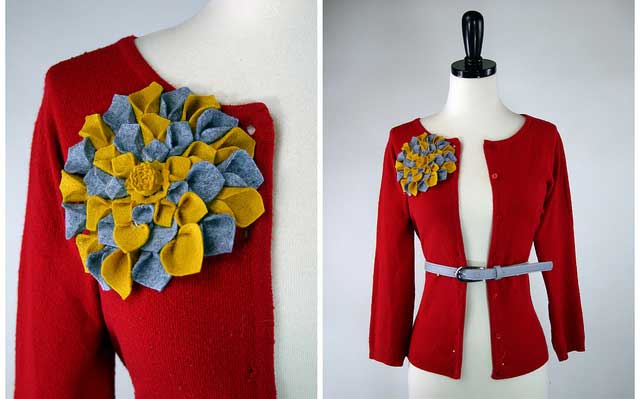
Merging Sweaters
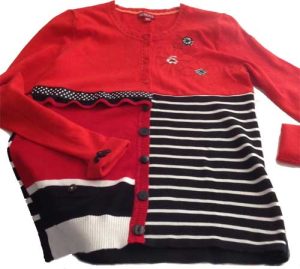 If creativity is on your mind, consider “merging” parts from multiple sweaters into one. Just be sure to stabilize the seams with stitching before cutting apart the bits and pieces and resewing them as you wish.
If creativity is on your mind, consider “merging” parts from multiple sweaters into one. Just be sure to stabilize the seams with stitching before cutting apart the bits and pieces and resewing them as you wish.
One note: Harvesting sweaters can be addictive, so beware!
~Linda Griepentrog is the owner of G Wiz Creative Services and she does writing, editing and designing for companies in the sewing, crafting and quilting industries. In addition, she escorts fabric shopping tours to Hong Kong. She lives at the Oregon Coast with her husband Keith, and three dogs, Yohnuh, Abby, and Lizzie. Contact her at .






